Home>Ideas and Tips>DIY Guide To Installing A Peel-and-Stick Backsplash
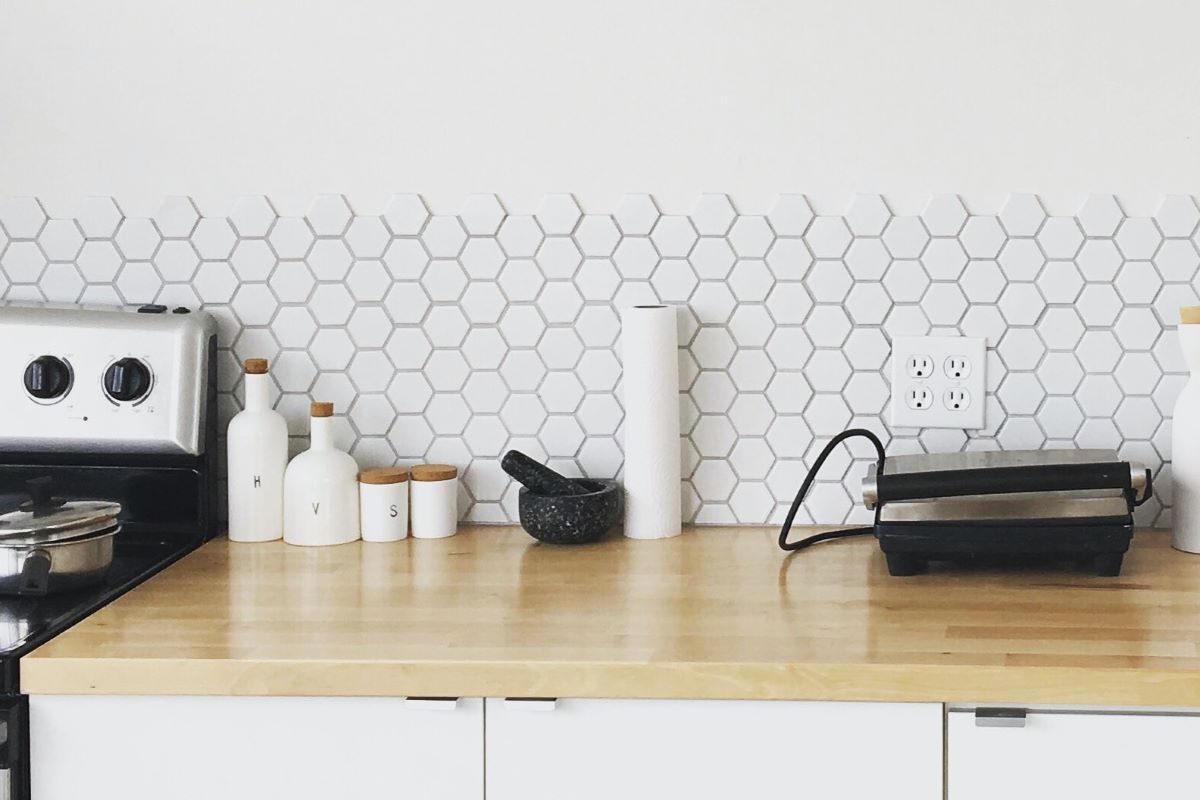

Ideas and Tips
DIY Guide To Installing A Peel-and-Stick Backsplash
Published: August 28, 2024
Transform your kitchen effortlessly with our DIY guide to installing a peel-and-stick backsplash. Easy steps for a professional look!
(Many of the links in this article redirect to a specific reviewed product. Your purchase of these products through affiliate links helps to generate commission for Storables.com, at no extra cost. Learn more)
Installing a peel-and-stick backsplash is a fantastic way to give your kitchen a fresh, modern look without the hassle and mess of traditional tile installation methods. This DIY guide will walk you through the entire process, from preparation to completion, providing you with all the necessary steps and tips to achieve professional-looking results.
A peel-and-stick backsplash is an excellent choice for homeowners who want to update their kitchen without the need for extensive tile installation skills. These adhesive-backed tiles are designed to be easy to apply, requiring minimal tools and effort. They come in various designs, including herringbone, arabesque, and more, making it simple to match your kitchen's style.
Benefits of Peel-and-Stick Backsplashes
Ease of Installation: The most significant advantage of peel-and-stick backsplashes is their ease of installation. Unlike traditional tile installation, which requires mixing mortar and dealing with potential messes, these tiles are straightforward to apply.
Time-Saving: With a peel-and-stick backsplash, you can save time on the installation process. You can grout immediately after applying the tiles, which means you don’t have to wait for the adhesive to dry.
Convenience: These tiles are perfect for DIY projects because they don’t require specialized tools or extensive knowledge of tile installation techniques.
Cost-Effective: While the cost of peel-and-stick tiles might be slightly higher than traditional tiles, they offer a convenient and mess-free installation process that can save you money in the long run by avoiding costly mistakes.
Read more: DIY Guide: Installing A Kitchen Backsplash
Materials Needed
To install a peel-and-stick backsplash, you will need the following materials:
-
Peel-and-Stick Tiles: Choose your desired design and color. Ensure that the tiles are suitable for kitchen use and can withstand moisture.
-
Adhesive Tile Mat: This is the backing material that comes with the tiles. It has exposed adhesive on one side and a protective paper covering on the other.
-
Unsanded Grout: For grouting between the tiles, use unsanded grout to prevent any potential damage to the adhesive.
-
Painter’s Plastic Sheeting: To protect your countertops and surrounding areas from dust and debris.
-
Painter’s Tape: For securing the plastic sheeting in place.
-
Pencil: For marking cut lines on the tiles.
-
Sanding Sponge: For lightly sanding the area where the old backsplash was removed.
-
Tile Saw or Wet Saw: For cutting the tiles to fit around outlets, corners, and other irregular shapes.
Preparation
Before starting your project, make sure you have prepared the area properly:
Remove Old Backsplash: If you have an existing backsplash, remove it carefully. If it's a peel-and-stick tile, it should come off easily without damaging the surface.
Clean the Area: Thoroughly clean the area where you will be installing the new backsplash. This includes removing any old adhesive residue and dust.
Lightly Sand: Use a sanding sponge to lightly sand the area to ensure a smooth surface for the new tiles.
Patch Any Holes: If there are any holes or gaps in the wall, patch them up with spackling compound and let it dry before proceeding.
Cover Countertops: Use painter’s plastic sheeting and tape to cover your countertops and surrounding areas to protect them from dust and debris.
Step-by-Step Installation
Step 1: Lay Out Your Pattern
Plan Your Design: Decide on the pattern you want to use for your backsplash. For complex patterns like herringbone, make sure all slanted tiles are aligned with those above and below them.
Mark Cut Lines: Mark the cut lines along the bottom edge and left edge of the first sheet of tiles using a pencil.
Read more: DIY Guide To Installing A Kitchen Backsplash
Step 2: Apply Adhesive Tile Mat
Remove Protective Paper: Remove the protective paper covering from one side of the adhesive tile mat, exposing the adhesive.
Apply Tiles: Start applying the tiles from the top edge under your cabinets, smoothing them downward until you can cut them with a utility knife along the countertop using a ruler as a straightedge guide.
Press Tiles Firmly: Use a grout float to press each section of the sheet firmly into place for about 5 seconds to initiate the bond.
Cut Around Outlets: When you reach an outlet, lightly place the tile over it, cut around it with a utility knife, and then press it firmly into place.
Handle Corners Carefully: The final corner can be tricky to smooth into place. Pre-cut the base of the strip and bend it into the corner where you can make a vertical cut with a straightedge.
Step 3: Cut Tiles
Use Tile Saw or Wet Saw: Use a tile saw or wet saw to make precise cuts around outlets or irregular shapes.
Dry Tiles Before Installation: After cutting, dry off your tiles with a towel and use a hairdryer for a few seconds if necessary to ensure they are completely dry before installation.
Install in Sections: Only remove the protective paper sheet as you’re ready to install each section of tiles to avoid dust and debris getting stuck on the adhesive mat.
Step 4: Grout Tiles
Mix Grout: Follow the manufacturer’s guide to mix your unsanded grout.
Apply Grout: Press each section of grout firmly into place using a rubber float in a diagonal motion.
Clean Grout Lines: Once you’ve completed a section, clean the area with a damp sponge to clear any haze while being careful not to reintroduce too much new water into the grout.
Tips and Tricks
Handling Tile Weight
- Check Instructions: Read the instructions regarding the maximum weight allowance of the tiles installed. If the tiles are too heavy, they may not stick properly to the adhesive mat.
Managing Complex Patterns
- Align Tiles Carefully: For complex patterns like herringbone, make sure all slanted tiles are aligned with those above and below them.
Dealing with Irregular Shapes
- Use Spacers: Use spacers to hold up tiles and create proper spacing when installing around outlets or irregular shapes.
Troubleshooting Common Issues
- Tile Falling Off: If a tile falls off during installation, use a piece of tape along its face to hold it in place until you can reapply it correctly.
Read more: How To Put Up Peel And Stick Backsplash
Conclusion
Installing a peel-and-stick backsplash is a straightforward process that requires minimal tools and effort. By following these steps and tips, you can achieve professional-looking results without the hassle of traditional tile installation methods. Whether you’re a seasoned DIY enthusiast or a beginner looking to update your kitchen, this guide provides everything you need to get started and complete your project successfully.
Final Thoughts
While peel-and-stick backsplashes offer many benefits, it’s important to remember that they may not be suitable for all surfaces or designs. Always read the manufacturer’s instructions and follow their recommendations for best results. With patience and attention to detail, you can transform your kitchen into a beautiful and functional space that you’ll enjoy for years to come.
Was this page helpful?
At Storables.com, we guarantee accurate and reliable information. Our content, validated by Expert Board Contributors, is crafted following stringent Editorial Policies. We're committed to providing you with well-researched, expert-backed insights for all your informational needs.
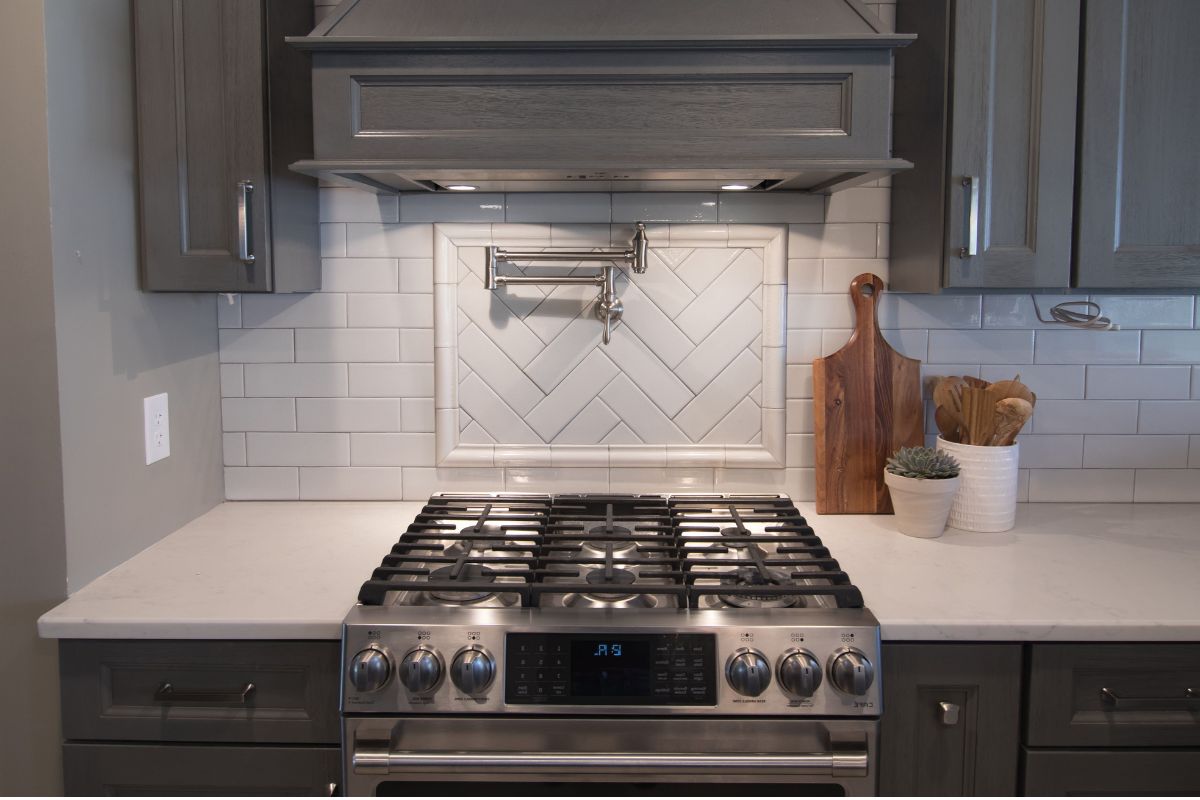
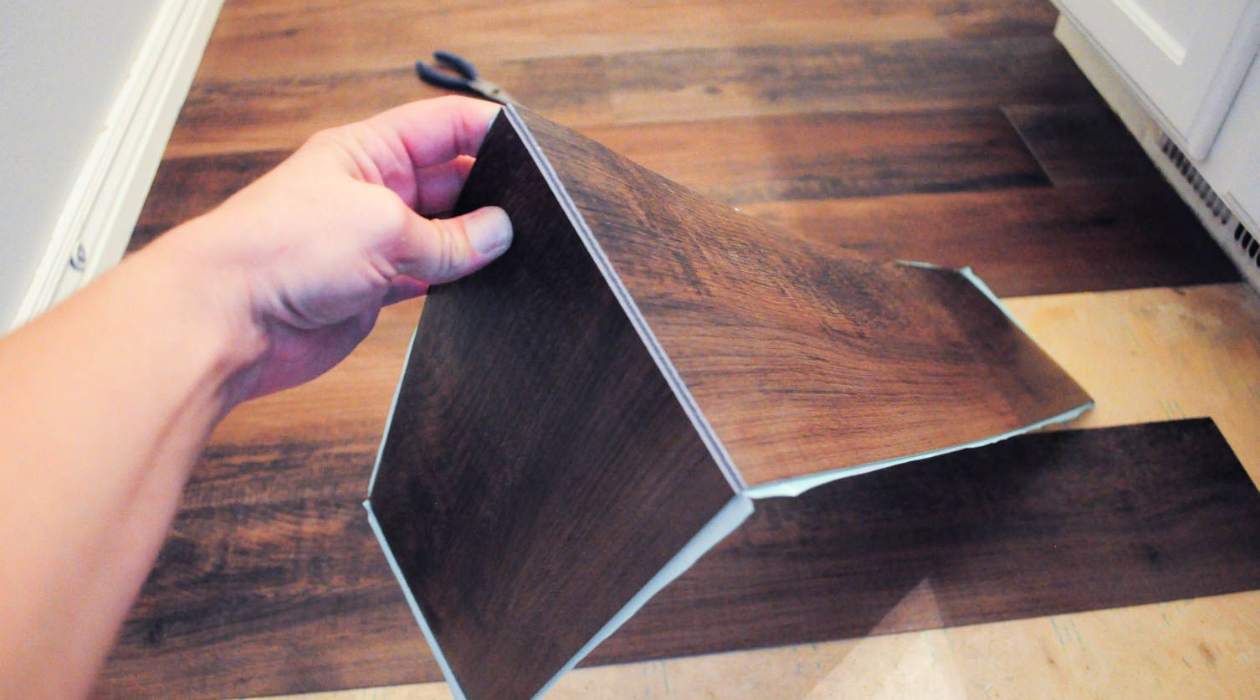
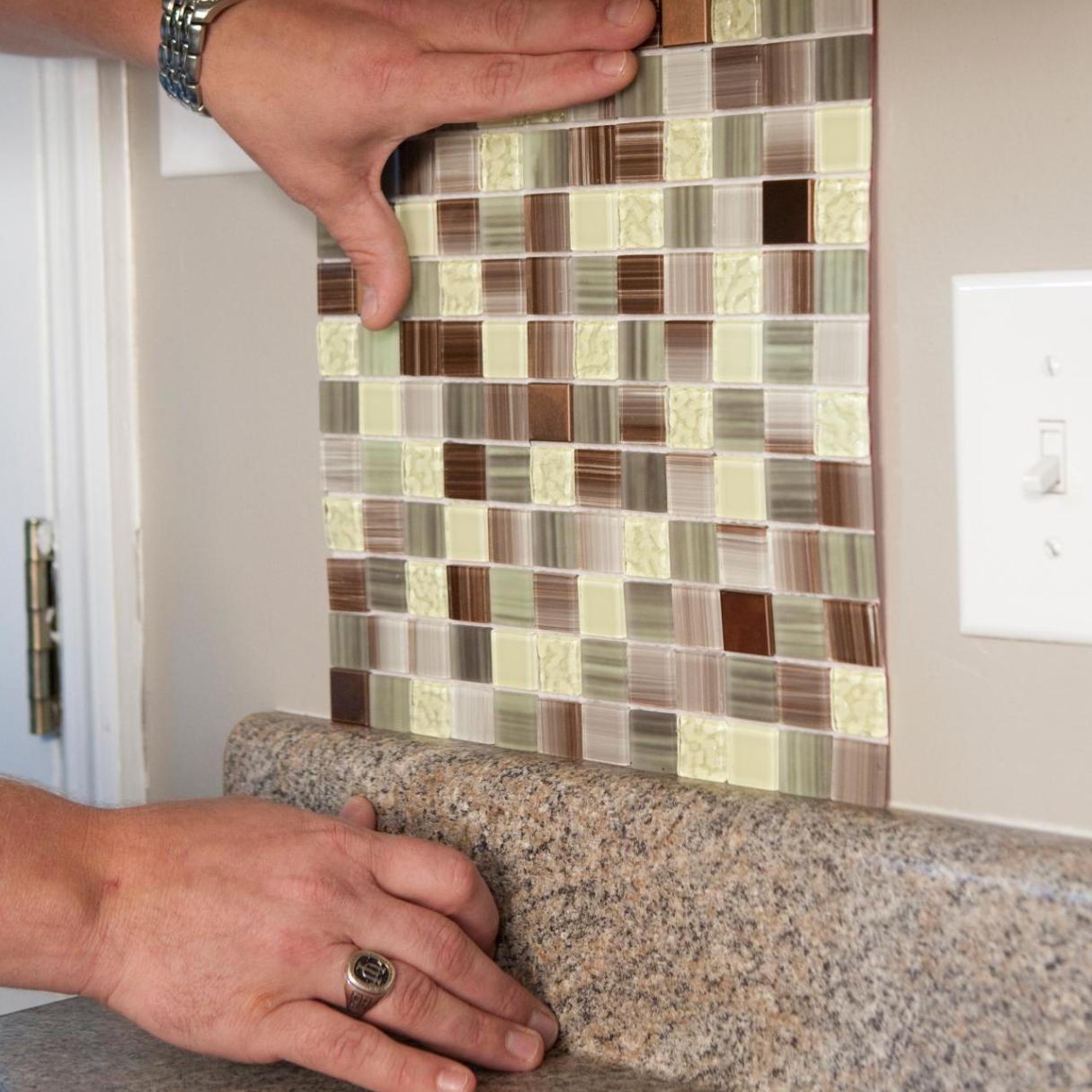
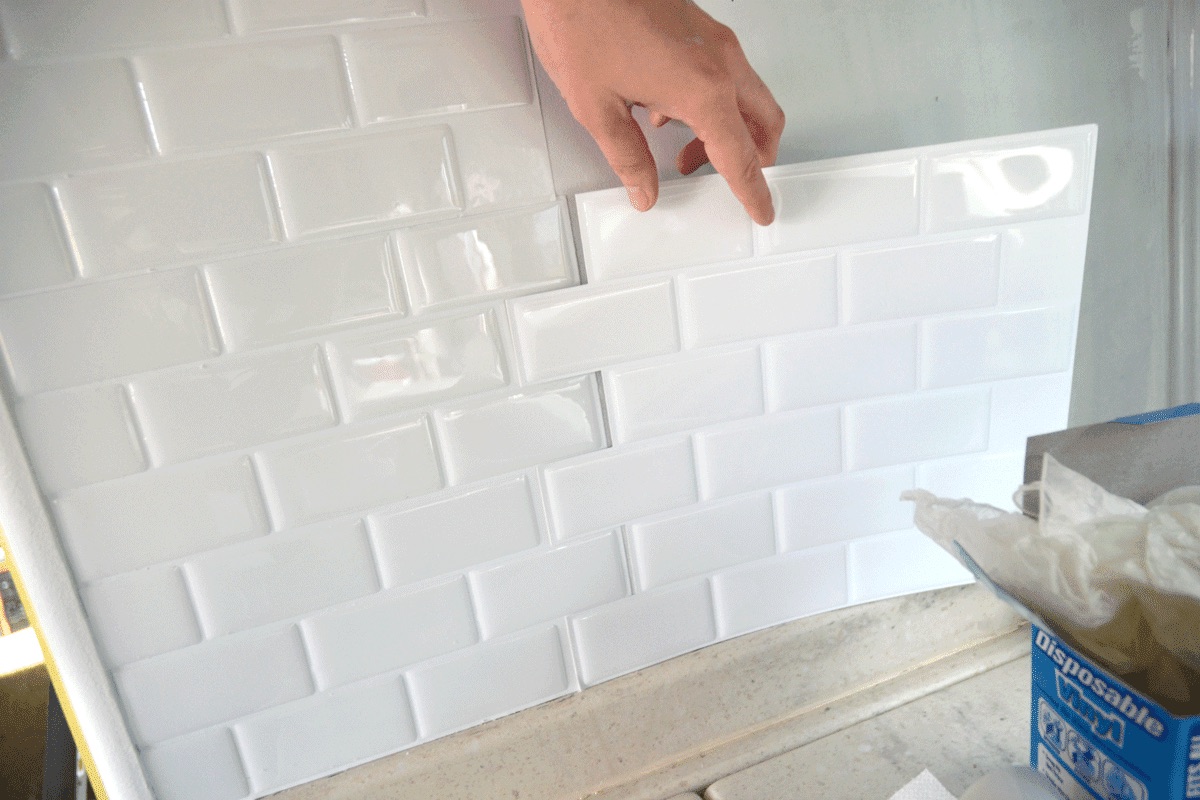
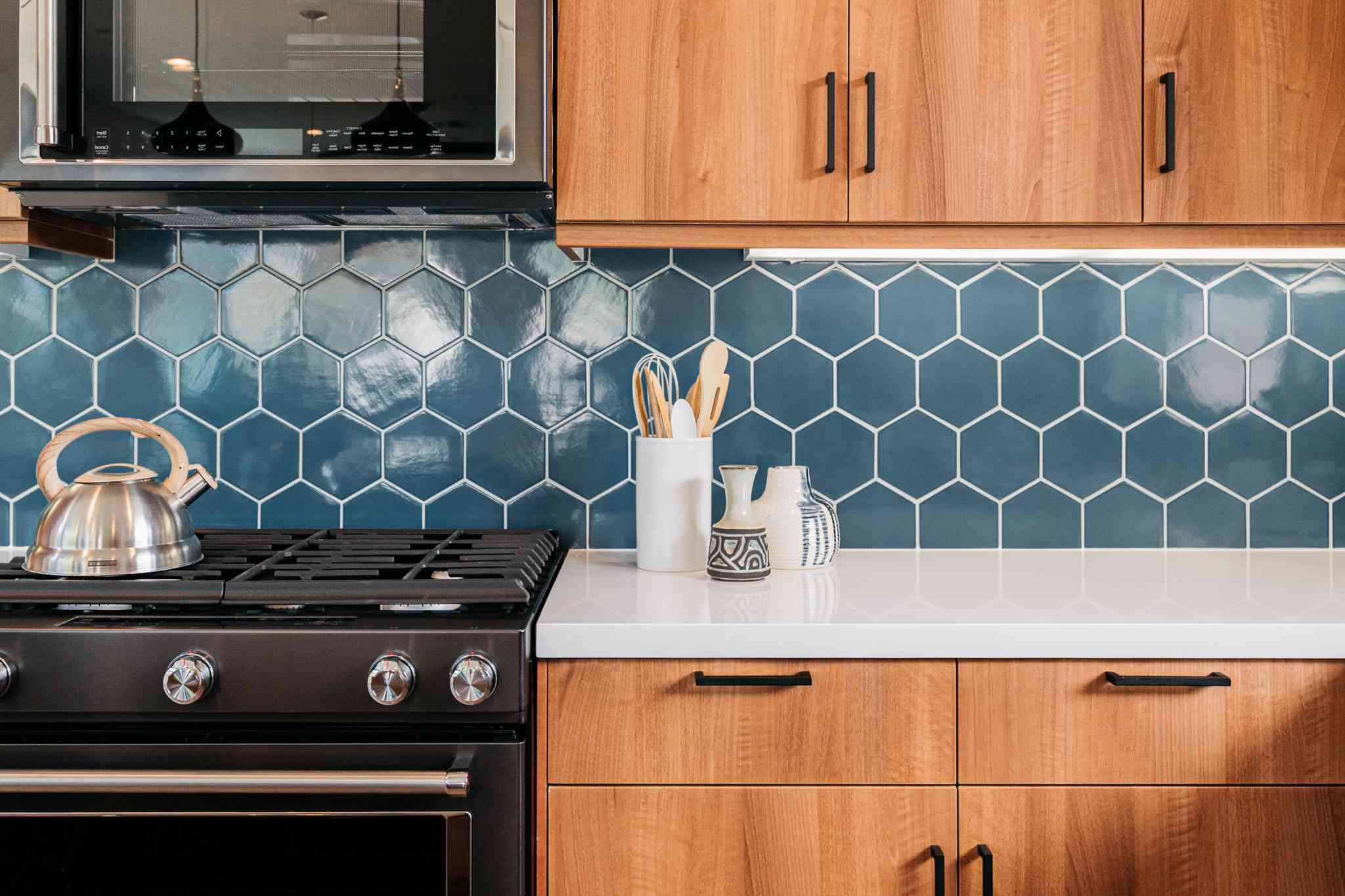
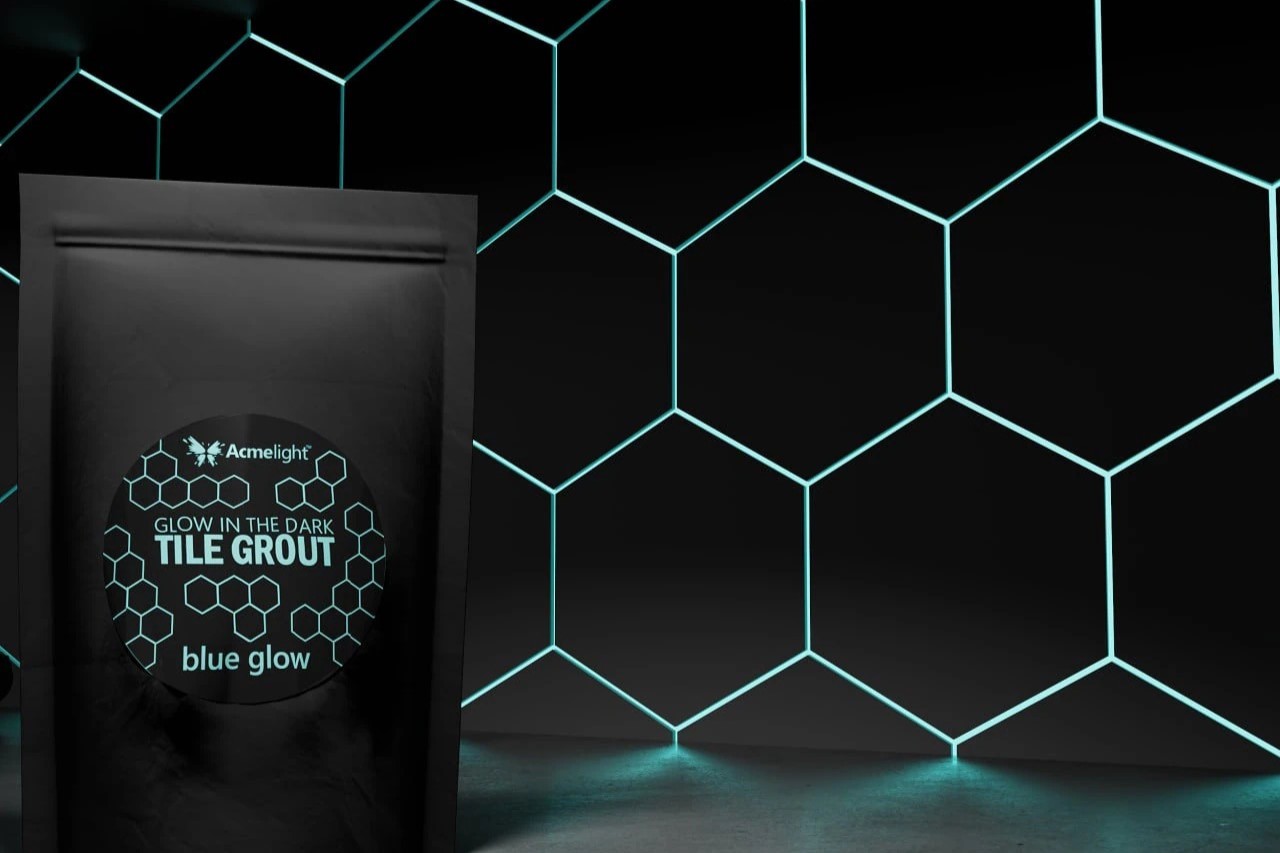
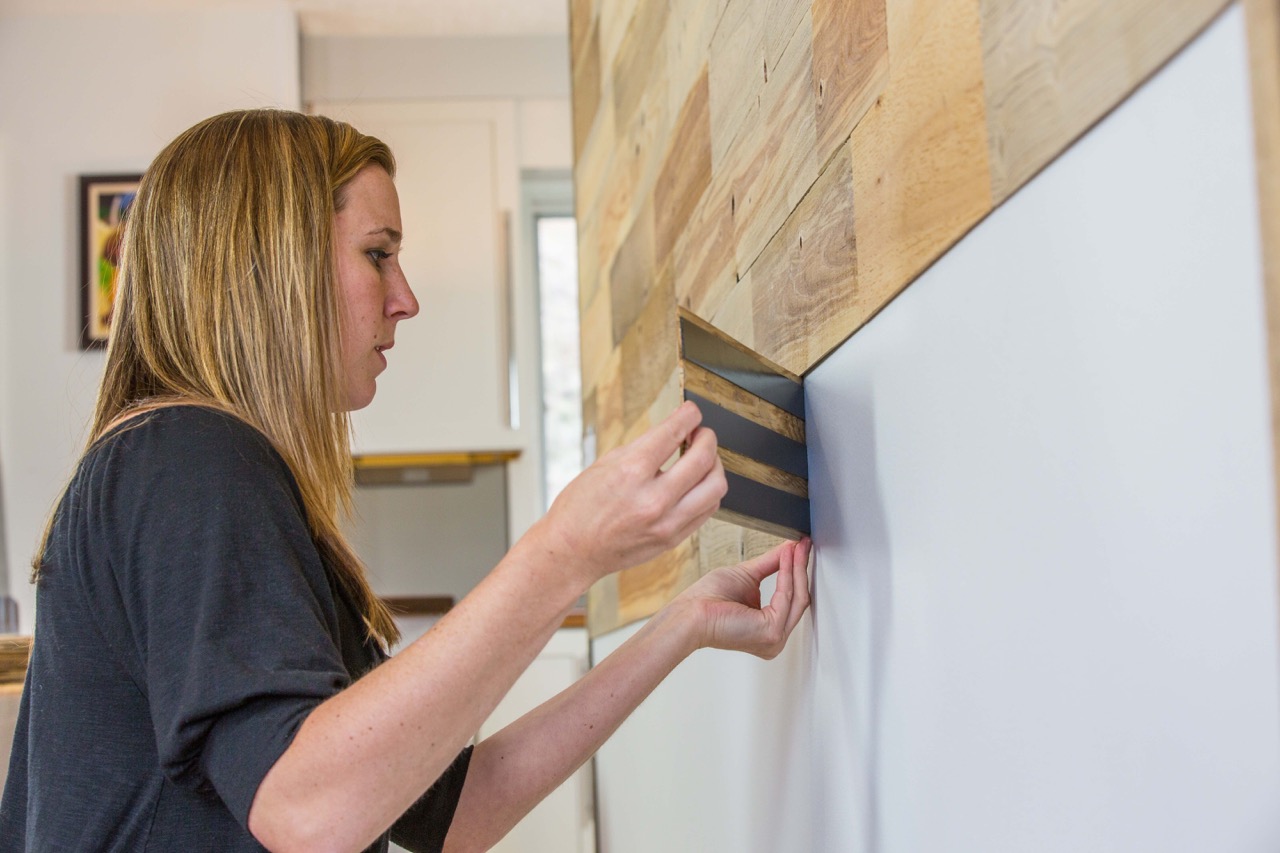
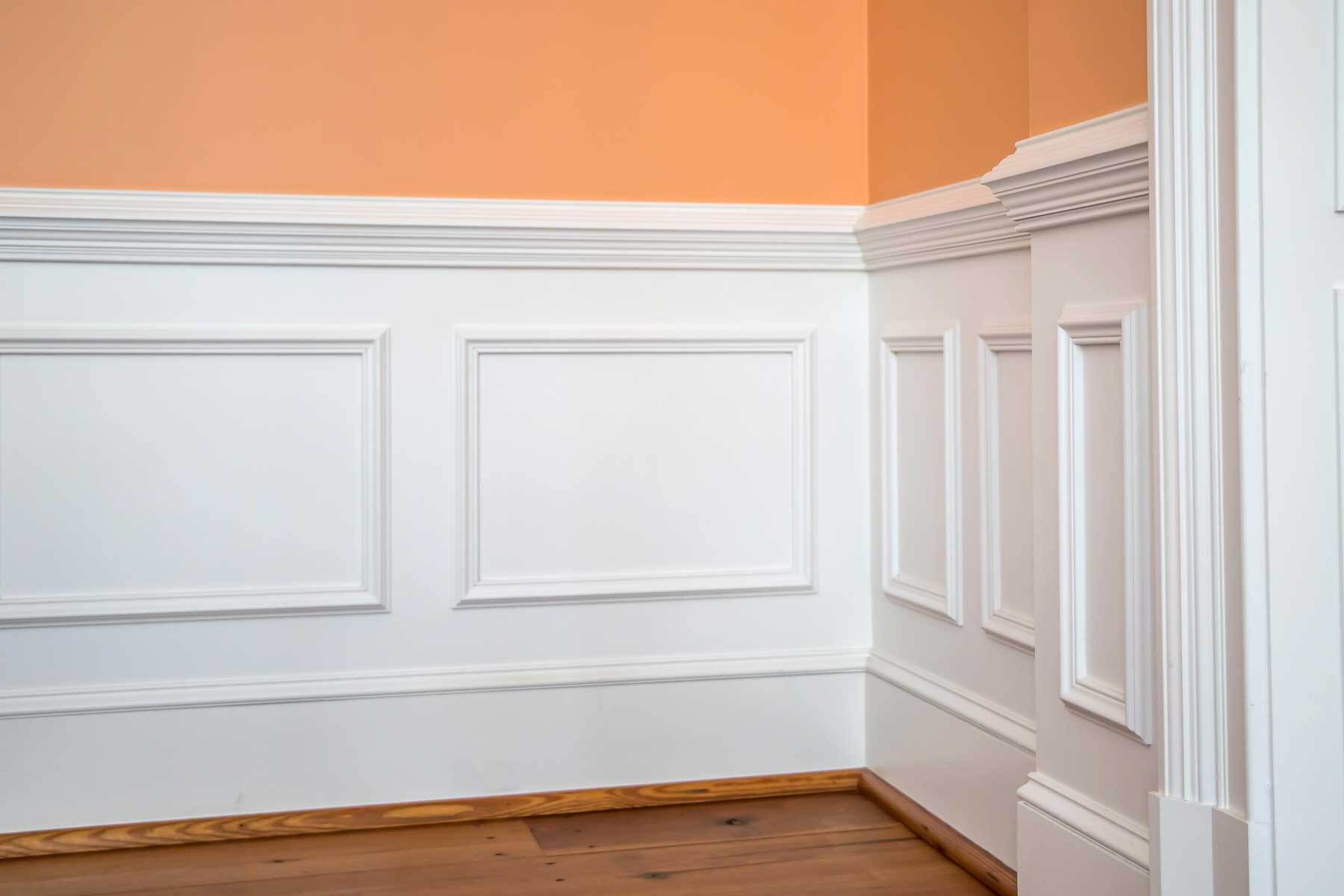

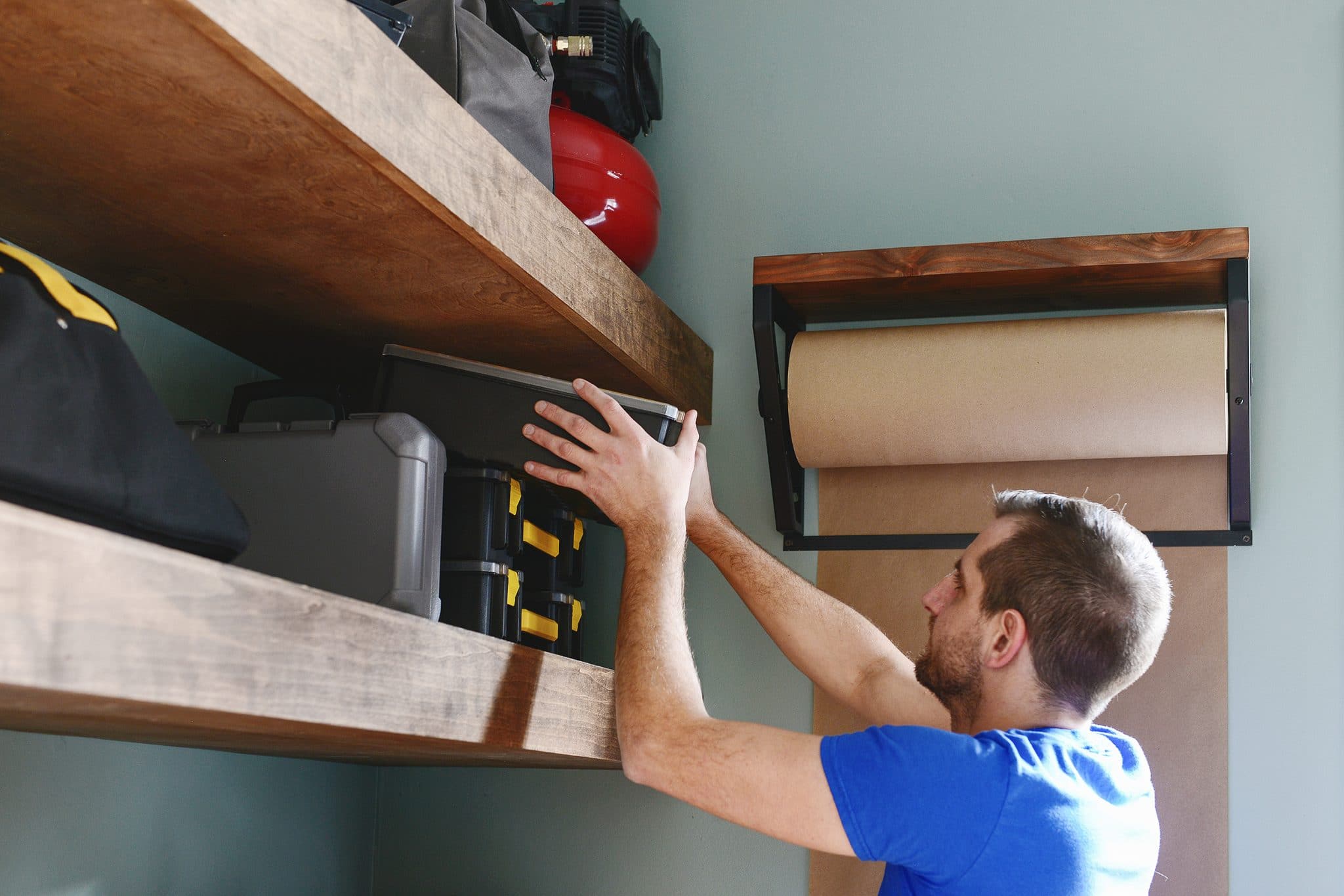
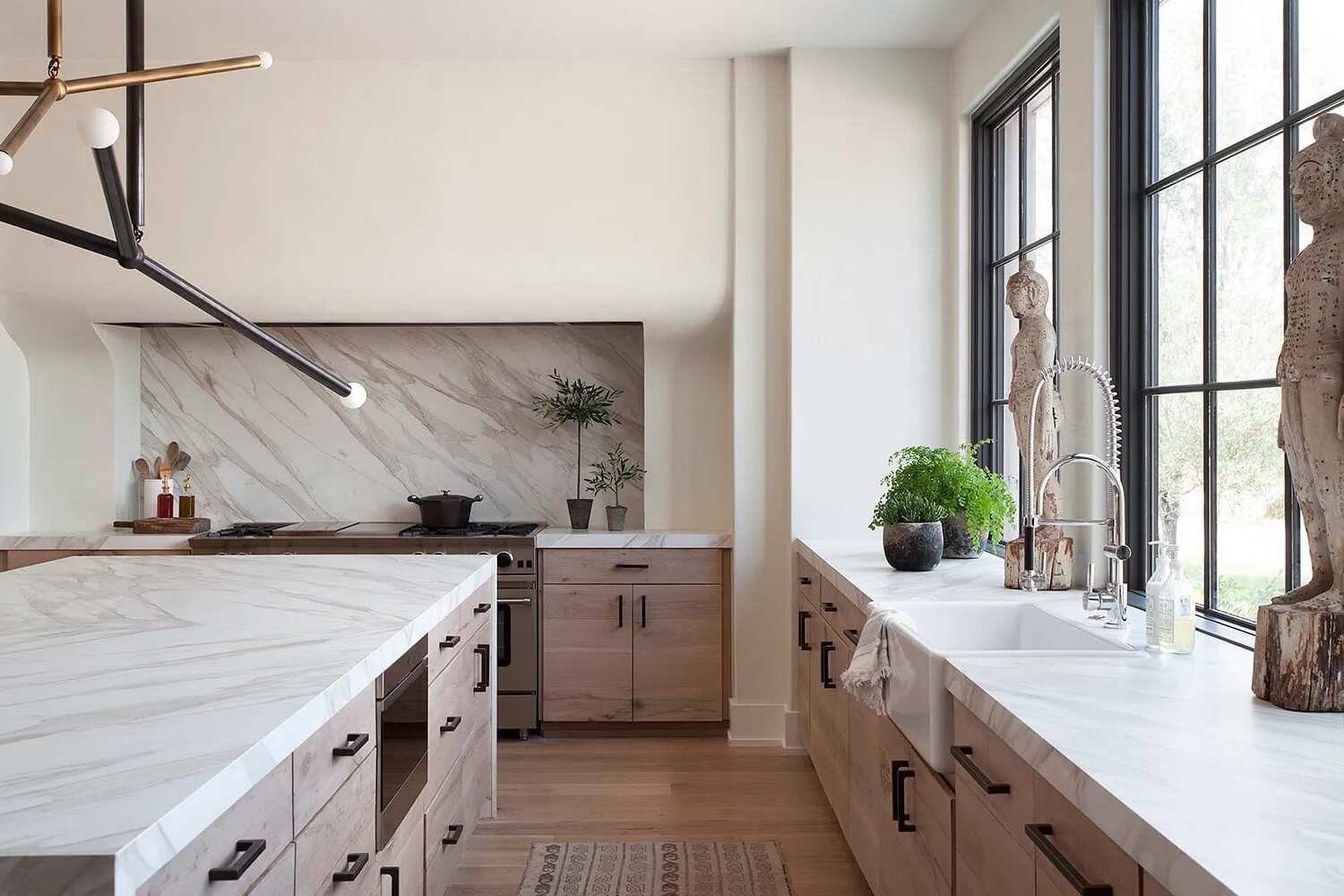
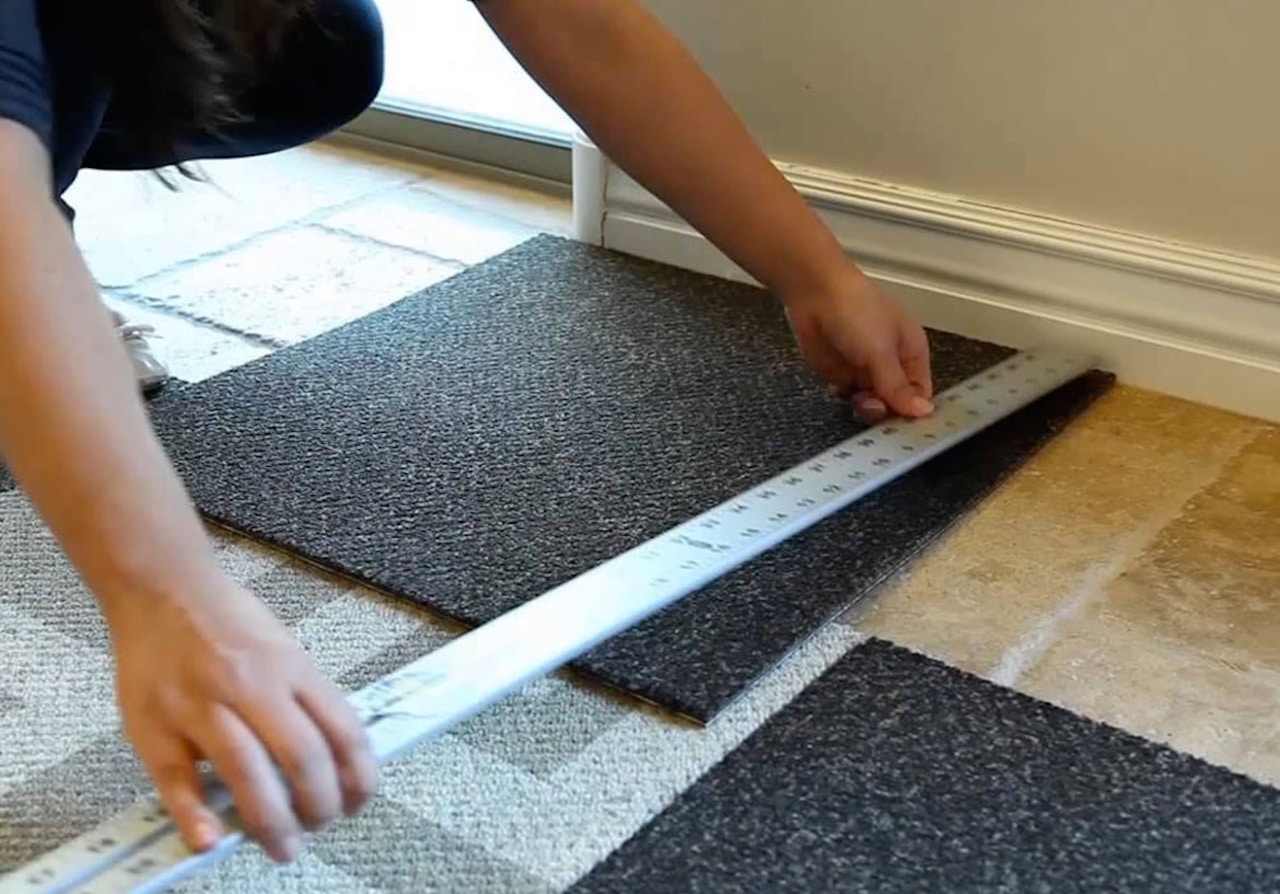

0 thoughts on “DIY Guide To Installing A Peel-and-Stick Backsplash”